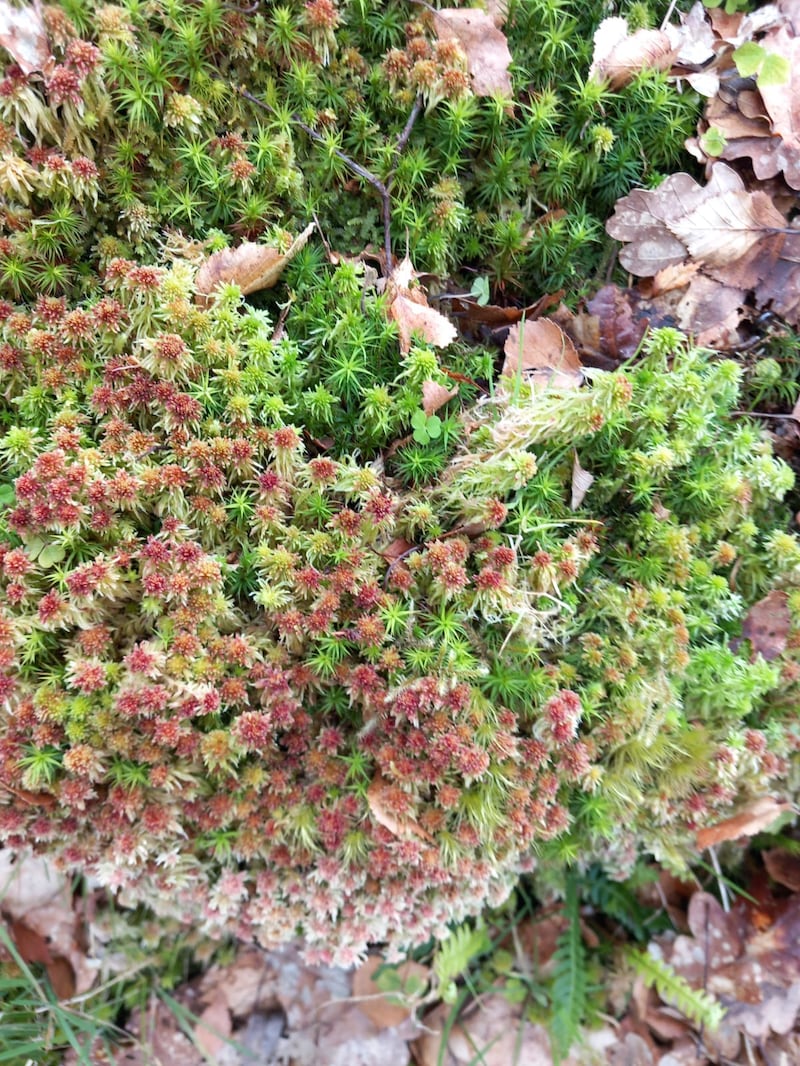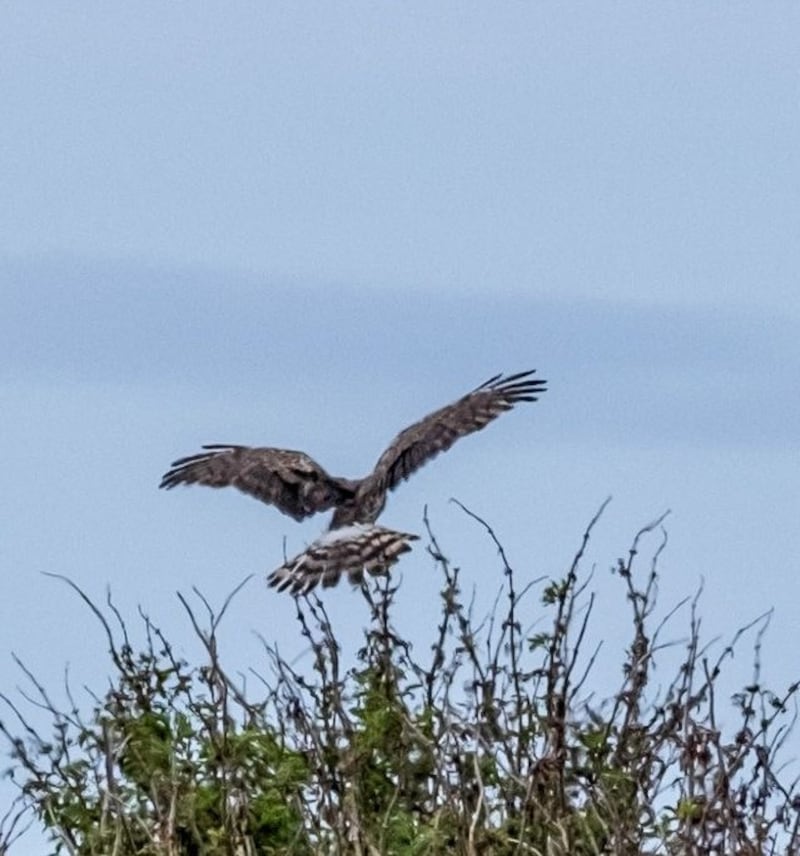I found this very large lobster on Bray beach after a storm recently. It is 68.5cm long and weighs almost 3kg. I’d be interested to know its approximate age. I’ve never seen one so large. Stuart Hannon, Co Wicklow
Lobsters are impossible to age while alive. Nobody knows exactly how old they can get, and some experts have estimated they could live on the ocean floor for as long as a century or more. Aquarium studies suggest a 0.5kg lobster is five to seven years old. Lobsters grow one ring per year in their eyestalk. This can be looked at under a microscope after death to calculate accurately the lobster’s age. Lobsters must measure 87mm-127mm along their carapace to be legally caught. This male is much larger and so would have had to be released if caught.

Pan MacNicholas sent this exquisite photo of an open ripe violet seed capsule that fell from a bouquet of flowers in the kitchen.

I recently saw this sphagnum moss at the edge of the bog in Glenveagh National Park. Is a red sphagnum unusual? Anne Toland, Co Donegal
The great water-holding capacity of sphagnum mosses, together with their ability to control the pH of their environment at a low level, ensures the continued existence of the bogs on which they grow. (As long as the bogs remain undrained, that is.) There are many species growing in different sections of bog. This one – Sphagnum capillifolium – often grows at the edges, where it is somewhat drier. It is only red at the top of each plant.

This crane landed on our gate post in Palmerstown a few weeks ago. I read that this is a sign of luck. Evelyn Forde, Co Dublin
This is actually a grey heron. Cranes were common in Ireland up to the 17th century, when drainage and destruction of habitats due to changing land use caused their extinction. But the name lives on in folk memory, and grey herons are often called cranes to this day. A heron flying over your house was always considered to be a sign of bad luck, and indeed if you have a garden pond stocked with brightly coloured fish, the heron will not be long putting an end to them.

Here is a picture of a female hen harrier landing on a bush in west Clare at the end of April. John Kilkenny, Co Clare
Hen harriers have declined more than 50 per cent in Ireland over the past 30 years, probably due to the loss of quality moorland habitat, which in turn are due to agricultural changes and maturing forest plantations. They feed on small birds and mammals and can accumulate rodenticides in their bodies if the rodents they catch have been exposed to rat poisons. Hen harriers are listed on Annex 1 of the EU’s birds directive and are considered an all‐Ireland species of conservation concern. We now have six Special Protection Areas for the conservation of the hen harrier, although none in Clare.

After a few days of high seas in March, the sea front in Greystones was strewn with dead earthworms over a wide area. Was it because the saltwater drove them to the surface, where they perished? Maeve Edwards, Co Wicklow
This is the most likely explanation. Earthworms will also come to the surface during heavy rain, when their burrows are in danger of being flooded. Seagulls can fool them into believing it is raining by dancing on the ground, producing vibrations that mimic the sound of raindrops.
Please submit your nature query, observation, or photo with a location, via irishtimes.com/eyeonnature















